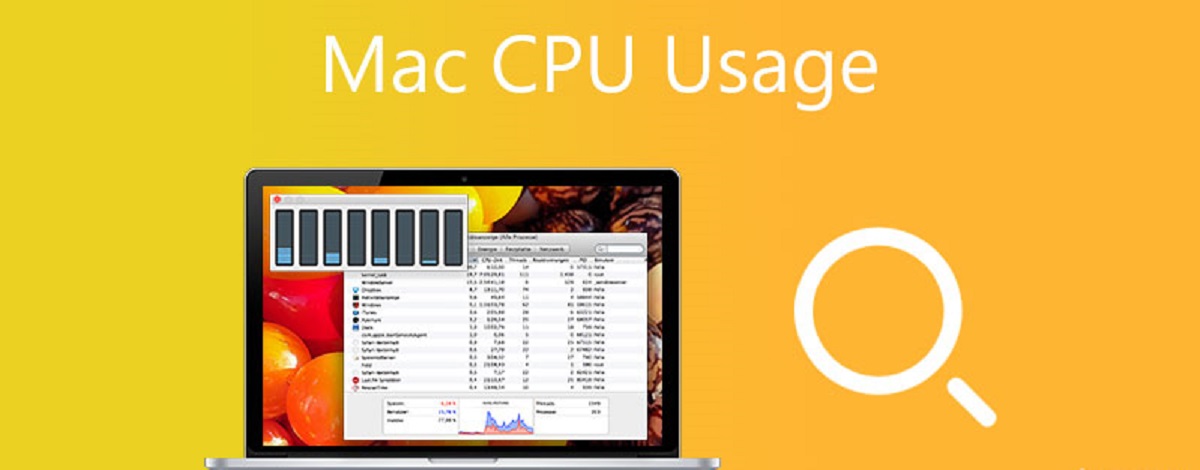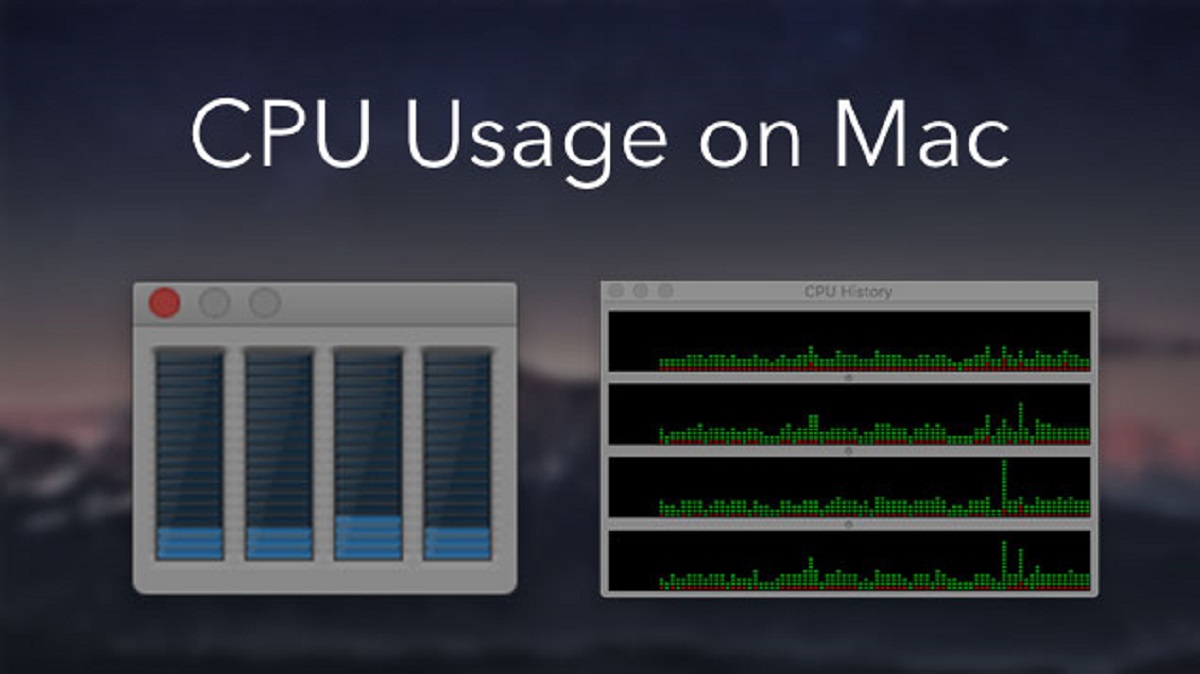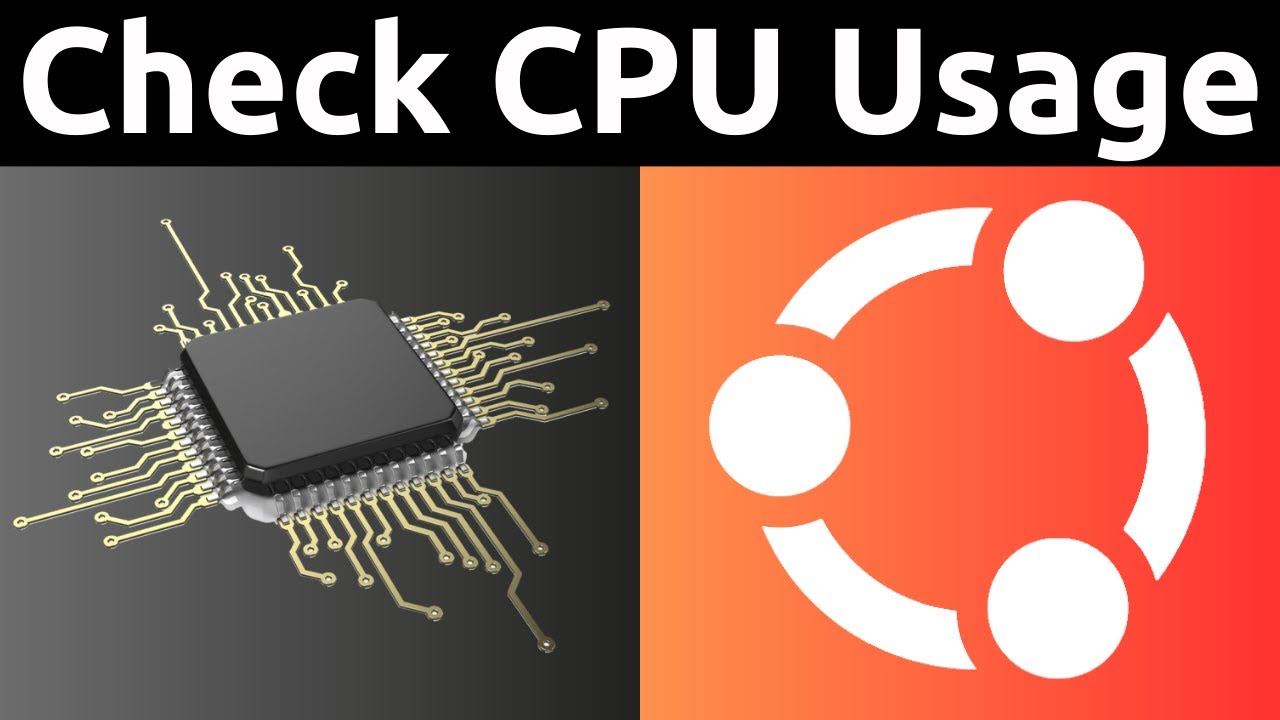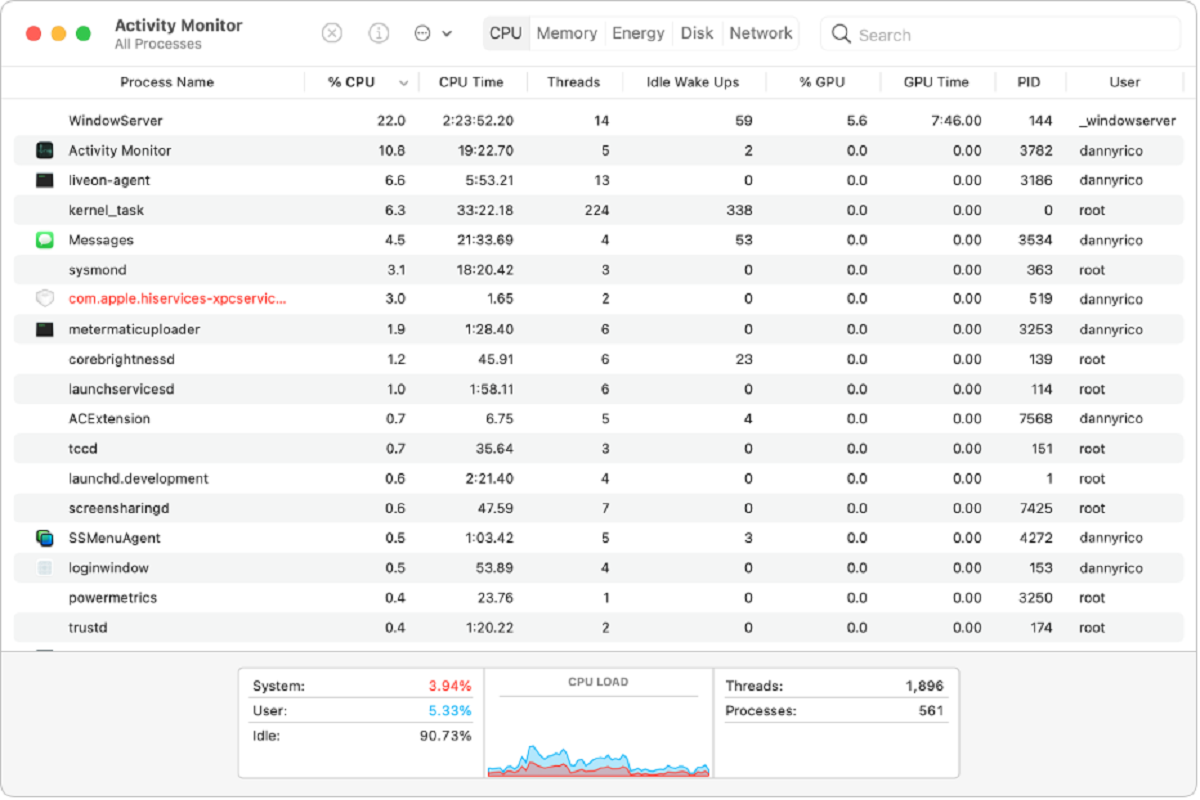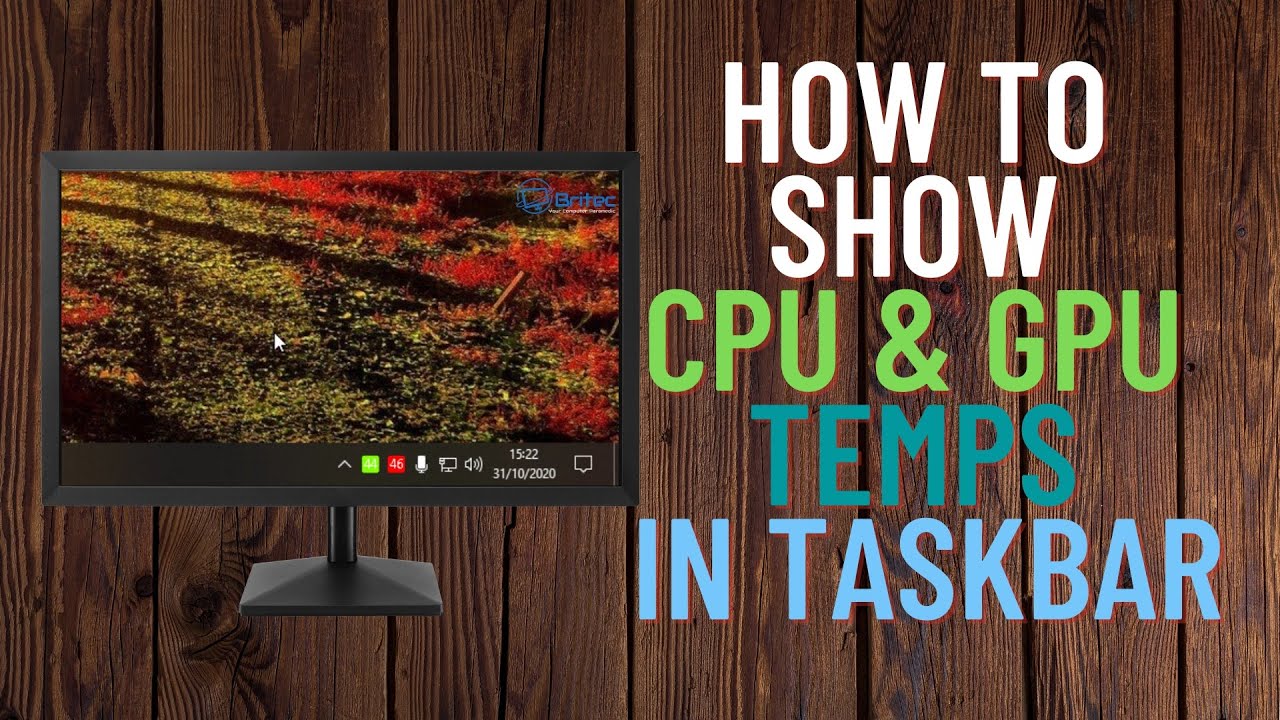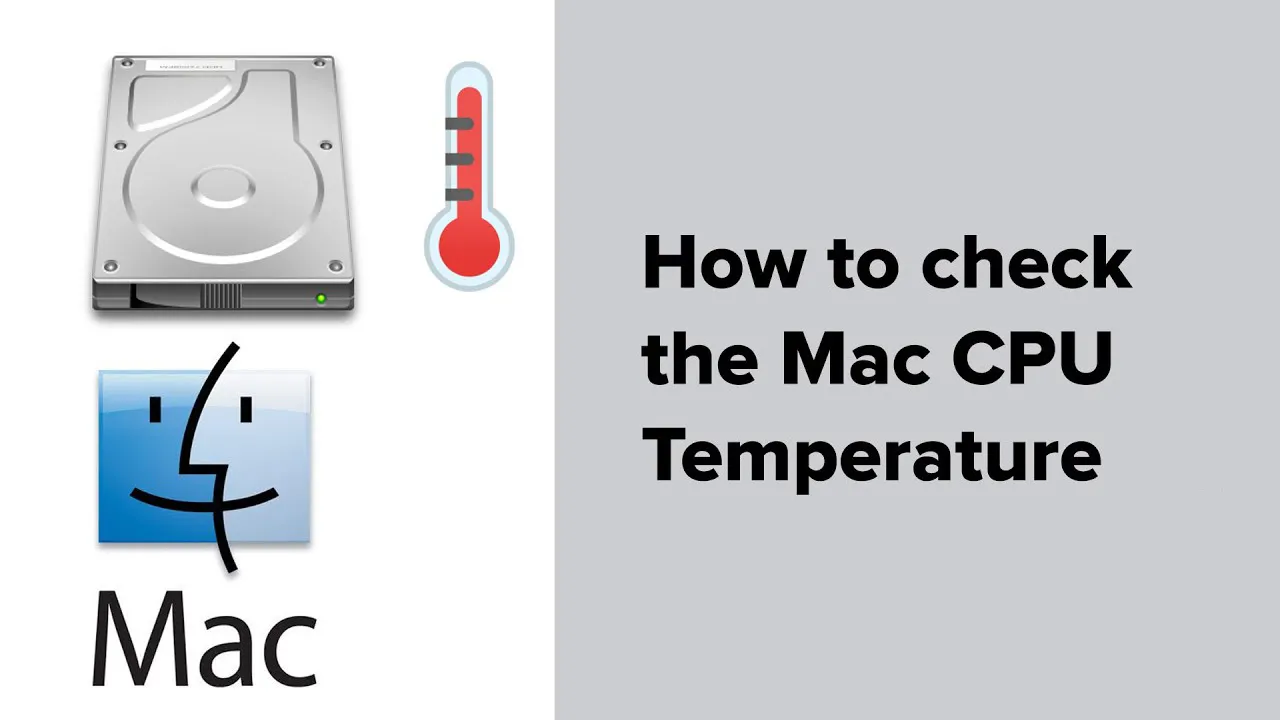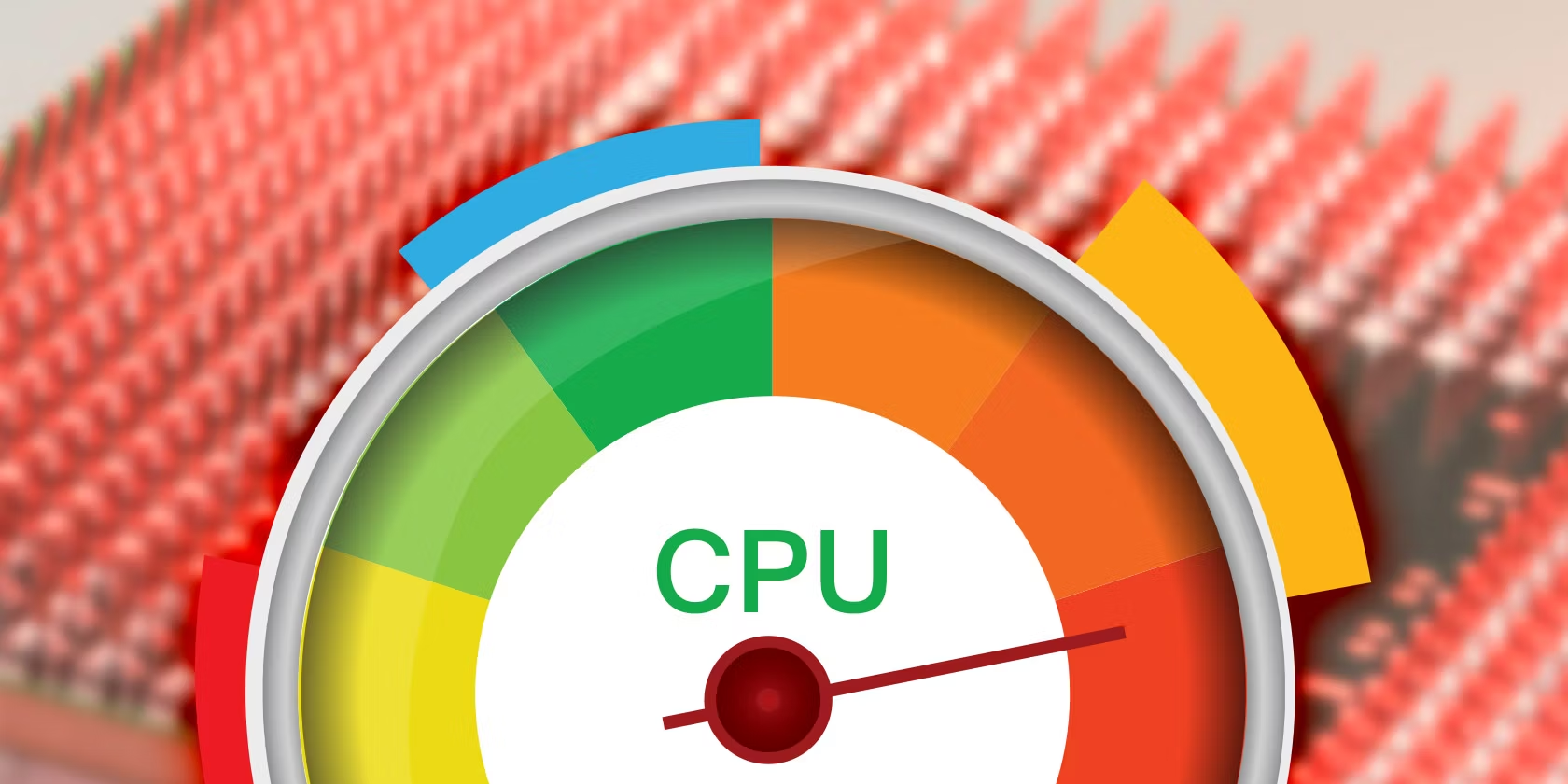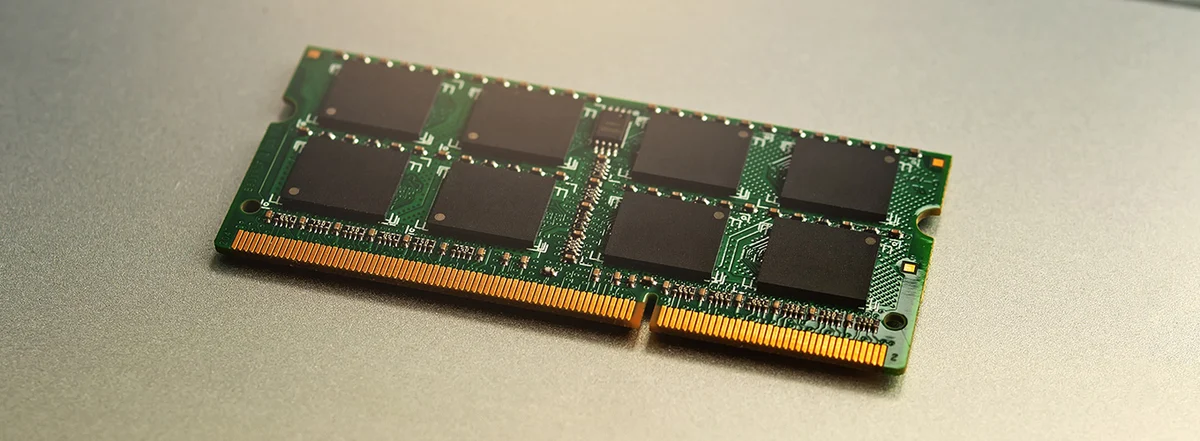Introduction
Welcome to the world of Mac, where you can accomplish a multitude of tasks with ease and efficiency. One crucial aspect of optimizing your Mac’s performance is monitoring its CPU usage. CPU, or Central Processing Unit, is the brain of your computer that handles all the calculations and operations.
Understanding and monitoring your Mac’s CPU usage can help you identify resource-intensive processes, troubleshoot performance issues, and make informed decisions about resource allocation. In this article, we will explore various methods to view CPU usage on your Mac, ranging from built-in tools to third-party applications.
Whether you’re a beginner or a seasoned Mac user, learning how to monitor CPU usage is an essential skill that can significantly enhance your Mac experience. By keeping a close eye on your CPU’s performance, you can ensure optimal functioning of your system and improve its overall efficiency. So, let’s dive in and learn the different ways to view CPU usage on your Mac.
Checking CPU Usage using Activity Monitor
One of the simplest and most effective ways to view CPU usage on your Mac is by using the built-in Activity Monitor. Activity Monitor provides real-time information about various system processes and resource utilization, including CPU usage.
To access Activity Monitor, you can follow these steps:
- Go to the Finder and open the Applications folder.
- Locate the Utilities folder and open it.
- Find and open the Activity Monitor application.
Once you have opened Activity Monitor, you will see a window displaying a list of processes running on your Mac, along with information about CPU usage, memory usage, energy impact, and more. To view the CPU usage specifically, follow these steps:
- Click on the CPU tab at the top of the Activity Monitor window.
- You will now see a list of processes sorted by their CPU usage in descending order.
- The “% CPU” column tells you the percentage of CPU resources being used by each process.
- If you notice any process consuming an unusually high amount of CPU, you can investigate further or consider closing the process if it’s unnecessary.
Additionally, Activity Monitor offers a range of features that allow you to analyze CPU usage in more detail. For example, you can switch to the “CPU History” tab to view a graph showing CPU usage over time. This can help you identify patterns or spikes in CPU usage.
Activity Monitor is a powerful tool that offers comprehensive insights into your Mac’s CPU usage. It enables you to monitor individual processes, manage system resources, and troubleshoot performance issues efficiently.
Using Terminal to View CPU Usage
If you prefer a command-line interface or want to access CPU usage information quickly, the Terminal application on your Mac provides a convenient option. By using specific commands, you can retrieve real-time CPU usage data directly in the Terminal window.
To view CPU usage using Terminal, follow these steps:
- Open the Finder and go to the Applications folder.
- Locate the Utilities folder and open it.
- Find and open the Terminal application.
Once you have opened the Terminal, you can use the following command to view CPU usage:
top -o cpuAfter executing this command, you will see a detailed list of processes running on your Mac, sorted by their CPU usage in descending order. The list will continuously update in real-time, providing you with the most recent CPU utilization data.
The output of the “top” command includes valuable information such as the process ID (PID), CPU usage percentage, process name, and memory usage. This allows you to identify resource-intensive processes at a glance.
Furthermore, you can use various keyboard shortcuts in the Terminal to display additional information or sort the CPU usage list differently. For example, pressing “c” will display the full command path of each process, and pressing “q” will quit the “top” command.
Using Terminal to view CPU usage offers a quick and efficient way to access real-time information without the need for graphical interfaces. It is particularly useful for advanced users or those who prefer working with command-line tools.
Third Party Applications for Monitoring CPU Usage
In addition to the built-in tools on your Mac, there are several third-party applications available that provide advanced features and enhanced capabilities for monitoring CPU usage. These applications offer a more intuitive and user-friendly interface, making it easier to track and analyze CPU performance.
Here are some popular third-party applications you can consider for monitoring CPU usage on your Mac:
- iStat Menus: iStat Menus is a comprehensive system monitoring tool that provides an array of useful information, including CPU usage, network activity, disk usage, and more. It offers a customizable menu bar that displays real-time stats and allows you to delve deeper into the details with a single click.
- MenuMeters: MenuMeters is a lightweight utility that adds customizable system monitoring modules to your menu bar. It includes CPU usage, memory usage, disk activity, and network activity. With its simple interface, you can easily keep an eye on your Mac’s CPU performance without overwhelming your desktop.
- Intel Power Gadget: Intel Power Gadget is specifically designed for monitoring CPU usage on Mac systems equipped with Intel processors. It provides accurate real-time CPU utilization data and also offers power and temperature monitoring features. This application is particularly useful for users who want to monitor their CPU’s power consumption.
- Activity Timer: Activity Timer is a unique tool that not only monitors CPU usage but also helps manage your productivity. It allows you to set time limits for specific applications and alerts you when you exceed those limits. This can be useful for optimizing CPU usage and maintaining a balanced workflow.
These are just a few examples of the wide range of third-party applications available for monitoring CPU usage on your Mac. Each application offers its own set of features and customization options, so you can choose the one that best suits your requirements and preferences.
By utilizing third-party applications, you can gain deeper insights into your Mac’s CPU performance and take advantage of additional features that might not be available with built-in tools.
Advanced Tips for Managing CPU Usage
Managing CPU usage on your Mac goes beyond just monitoring it. Here are some advanced tips to help you optimize and manage your CPU usage effectively:
- Identify Resource-Intensive Applications: Keep an eye on the applications and processes that consume a significant amount of CPU resources. Use the Activity Monitor or third-party monitoring tools to identify those applications. Consider closing unnecessary apps or finding alternative lightweight solutions.
- Manage Startup Items: The applications that launch automatically on startup can also impact CPU usage. Review your startup items and disable unnecessary ones to prevent them from consuming CPU resources unnecessarily.
- Update Software: Ensure that your operating system and applications are up to date. Software updates often include performance improvements and bug fixes that can optimize CPU usage.
- Manage Background Processes: Some background processes or services can consume CPU resources even when you’re not actively using them. Use Activity Monitor or system settings to manage and disable unnecessary background processes, particularly those related to automatic backups, cloud syncing, or software updates.
- Adjust Energy Saver Settings: Modify your Mac’s energy saver settings to reduce CPU usage when your system is idle. Lowering the screen brightness, enabling Power Nap, and setting shorter time intervals for sleep and display sleep can help conserve CPU resources.
- Optimize Virtual Memory: Adjusting your Mac’s virtual memory settings can help optimize CPU usage. Virtual memory allows your system to use hard disk space as additional memory when needed. You can adjust the virtual memory settings in the “Preferences” section of the “Finder” menu.
- Upgrade Hardware: If you consistently experience high CPU usage and your Mac’s performance is being hindered, it may be time to consider upgrading your hardware. Upgrading to a faster processor or adding more RAM can significantly improve your Mac’s overall performance.
By implementing these advanced tips, you can efficiently manage CPU usage on your Mac and ensure that your system operates at its optimum performance level.
Conclusion
Monitoring and managing CPU usage on your Mac is crucial for optimizing performance and ensuring smooth operation. Whether you choose to use the built-in tools like Activity Monitor and Terminal or opt for third-party applications, understanding your CPU usage can help you identify resource-intensive processes, troubleshoot performance issues, and make informed decisions about resource allocation.
Activity Monitor provides real-time insights into CPU usage and offers a range of features to delve deeper into the details. Terminal, on the other hand, offers a command-line interface for quick access to CPU usage information. Third-party applications like iStat Menus, MenuMeters, Intel Power Gadget, and Activity Timer provide advanced features and a user-friendly interface.
In addition to monitoring CPU usage, implementing advanced tips such as identifying resource-intensive applications, managing startup items, updating software, managing background processes, adjusting energy saver settings, optimizing virtual memory, and upgrading hardware can further optimize CPU usage and improve overall system performance.
By actively managing and monitoring CPU usage, you can ensure that your Mac operates efficiently and performs at its best. It allows you to identify and address any issues that may be affecting CPU performance and enhance your overall Mac experience.
So, take control of your Mac’s CPU usage and enjoy a seamless and productive computing experience.







